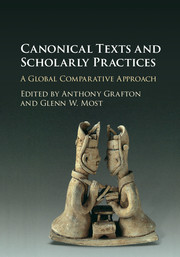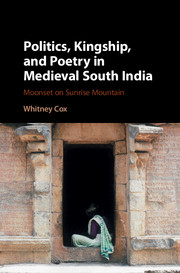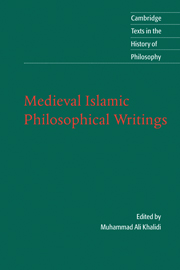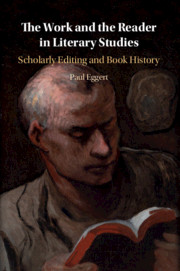Canonical Texts and Scholarly Practices
In this collection of richly documented case studies, experts in many textual traditions examine the ways in which important texts were preserved, explicated, corrected, and used for a variety of purposes. The authors describe the multiple ways in which scholars in different cultures have addressed some of the same tasks, revealing both radical differences and striking similarities in textual practices across space, time and linguistic borders. This volume shows how much is learned when historians of scholarship, like contemporary historians of science, focus on earlier scholars' practices, and when Western scholarly traditions are treated as part of a much larger, cross-cultural inquiry.
- Broadens the discussion of the history of scholarly practices beyond the limits of individual, usually Western cultural traditions, and develops modes of meaningful comparison across cultures and periods
- Applies to the history of philology the techniques, concepts, and methods of the history of science - especially the relatively recent form of history of science that concentrates on practices and their development
- Brings the history of the humanities, in the form of the history and methodology of philological practices, into the purview of the history of science
Reviews & endorsements
'… this transcultural investigation is the fruit of comparative and collaborative scholarship at its best. It is, to use the editors' coinage, a 'symphilological' achievement that will leave its readers with a habit of stopping to think about the particularity of scholarly practices and its implications for the history of ideas. All the contributions are lucidly written with a cross-disciplinary audience in mind and beautifully documented with images, tables, and transcriptions of the evidence discussed … the choice to let the individual contributions speak for themselves, along with the work of comparison and juxtaposition germane to the textual practice of the essay collection, seems a forceful methodological statement for a project that places the case study at the heart of its epistemic undertaking.' Tania Demetriuo, Isis Review
Product details
September 2016Hardback
9781107105980
398 pages
254 × 182 × 22 mm
0.94kg
31 b/w illus.
Available
Table of Contents
- How to do things with texts: an introduction Anthony Grafton and Glenn W. Most
- 1. Reliable books: Islamic law, canonization, and manuscripts in the Ottoman Empire (sixteenth to eighteenth centuries) Guy Burak
- 2. Obscurity Ineke Sluiter
- 3. Allegoresis and etymology Glenn W. Most
- 4. Classifying the Rigveda on the basis of ritual usage: the deity-of-the-formula system Paolo Visigalli
- 5. Maryādām Ullanghya: The boundaries of interpretation in early modern India Christopher Minkowski
- 6. Making sense of Suetonius in the twelfth century Robert A. Kaster
- 7. From Philology to Philosophy: Zhu Xi as a reader-annotator Lianbin Dai
- 8. Gods on clay: ancient Near Eastern scholarly practices and the history of religions Aaron Tugendhaft
- 9. An unknown medieval Coptic Hebraism? On a momentous junction of Jewish and Coptic biblical studies Ronny Vollandt
- 10. Picturing as practice: placing a square above a square in the central Middle Ages Megan McNamee
- 11. Inimitable sources: canonical texts and rhetorical theory in the Greek, Latin, Arabic, and Hebrew traditions Filippomaria Pontani
- 12. Excerpts versus fragments: deconstructions and reconstitutions of the Excerpta Constantiniana András Németh
- 13. Johann Buxtorf makes a notebook Anthony Grafton and Joanna Weinberg
- 14. World bibliographies: libraries and the reorganization of knowledge in late Renaissance Europe Paola Molino.







